Missions & Projects
Featured
Alphabetical
By Last Name:
Displaying records 1 to 7 of 7.
Show:
Arctic Mars Analogue Svalbard Expedition (AMASE)
AMASE has established Svalbard as a test bed for life-detection technology that will be used on future NASA and ESA 'Search for Life' mission to Mars.
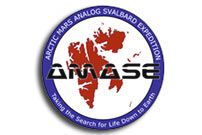
Mars Atmosphere and Volatile Evolution Mission (MAVEN)
The Mars Atmosphere and Volatile Evolution (MAVEN) mission is the first orbiter devoted to understanding the Martian upper atmosphere. Research suggests suggests that Mars once had a thicker atmosphere and was warm enough for liquid water to flow on the surface. MAVEN's instruments are exploring Mars' upper atmosphere, ionosphere, and interactions with the sun and solar wind to determine the role played by loss of atmospheric gas to space in the evolution of the Martian climate through time. Goddard's Planetary Environments Laboratory developed MAVEN's Neutral Gas and Ion Mass Spectrometer and the Planetary Magnetospheres Laboratory developed MAVEN's magnetometer. The MAVEN mission launched November 18, 2013.
Key Staff
- NGIMS Operations Lead: Jaykumar Vaidya
- RESEARCH SCIENTIST: Rachel Maxwell
- Project Scientist: Joseph Grebowsky
- Instrument Scientist: Mehdi Benna
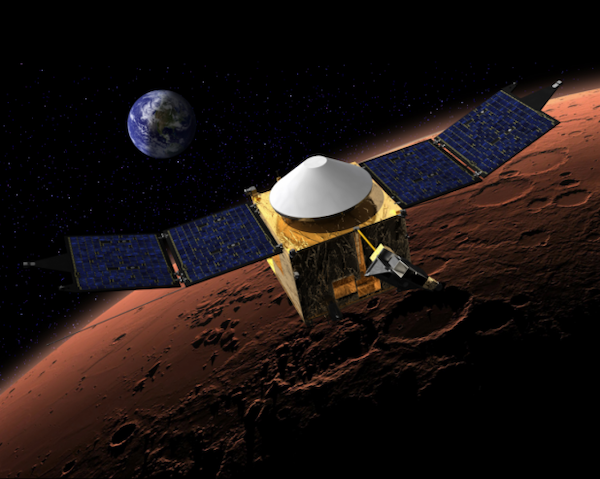
OSIRIS-APophis EXplorer (OSIRIS-APEX)
OSIRIS-APophis EXplorer (APEX) is the extended mission for OSIRIS-REx, sending the spacecraft to a new destination after the sample collected from asteroid Bennu was returned to Earth in September 2023. APEX will rendezvous with near-Earth asteroid Apophis just after it makes a close approach to Earth in 2029. Following the observation strategy performed at Bennu, APEX will use the same instrument suite to perform comprehensive observations of this potentially hazardous object. Although it cannot return a sample, the mission will also use the spacecraft thrusters to excavate the surface for further analysis. OSIRIS-APEX is led by PI Daniella DellaGiustina of the University of Arizona and managed by GSFC.
Key Staff
- Co Investigator: Amy Simon
- Co Investigator: Hannah Kaplan
- Co Investigator: Dennis Reuter
- Co Investigator: Lynnae Quick
- Project Scientist: Amy Simon
- Deputy Project Scientist: Scott Guzewich
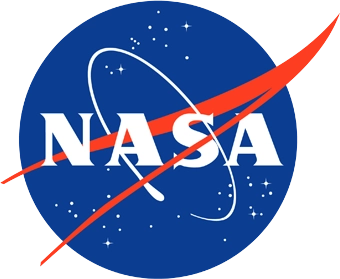
OSIRIS-REx (OSIRIS-REx)
OSIRIS-REx (Origins, Spectral Interpretation, Resource Identification, Security--Regolith Explorer) launched September 8, 2016. It explored the Near Earth Asteroid (101955) Bennu in detail including with the Goddard-built OVIRS instrument. OSIRIS-REx collected a sample in October 2020 and returned it to Earth on September 24, 2023. This sample will help us investigate planet formation and the origin of life, and the data collected at the asteroid will also aid our understanding of asteroids that can impact Earth (Bennu is a potentially hazardous object with a 1-in-2,700 chance of impacting Earth between the years 2175 and 2199). OSIRIS-REx is led by PI Dante Lauretta of the University of Arizona and managed by GSFC.
Key Staff
- Support Scientist: Sander Goossens
- Research Associate: Nancy Jones
- Science Collaborator: José Aponte
- Science Collaborator: Jamie Elsila Cook
- Research Associate: Erwan Mazarico
- Research Associate: Michael Callahan
- Research Associate: Brooke Hsu
- Research Associate: Lora Bleacher
- Research Associate: Jamie Elsila Cook
- Program Scientist: James Garvin
- Co Investigator: Dennis Reuter
- Co Investigator: Amy Simon
- Co Investigator: David Rowlands
- Co Investigator: Gregory Neumann
- Co Investigator: Daniel Glavin
- Co Investigator: Hannah Kaplan
- Co Investigator: Lucy Lim
- Project Scientist: Jason Dworkin
- Deputy Project Scientist: Joseph Nuth
- Instrument Scientist: Dennis Reuter
- Instrument Scientist: Amy Simon
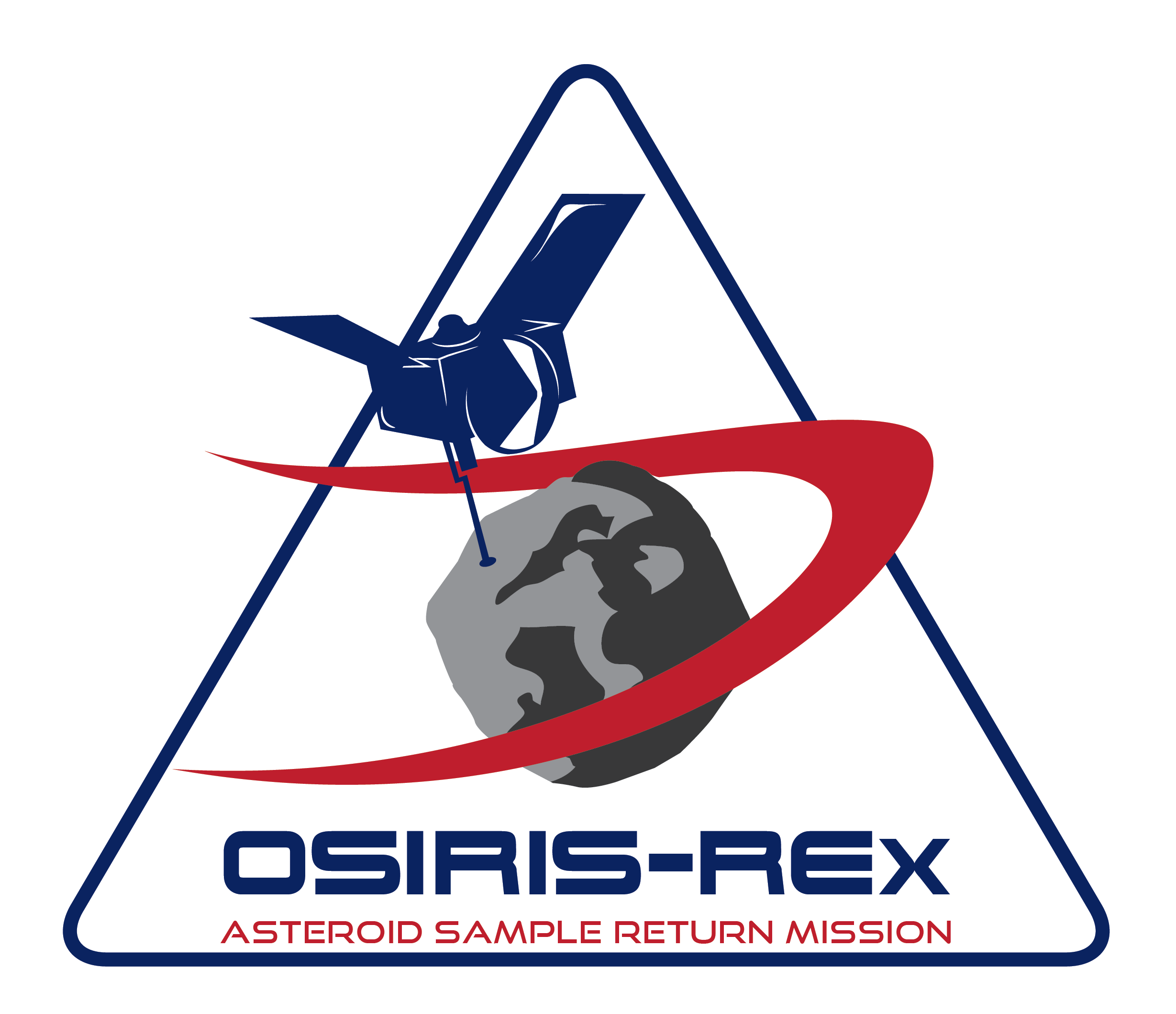
Sample Analysis at Mars (SAM)
SAM (Sample Analysis at Mars) is a suite of instruments onboard NASA's Mars Science Laboratory rover, Curiosity. SAM, along with Curiosity's other scientific instruments and tools, will investigate the past and present ability of Mars to support life.
Key Staff
- Principal Investigator: Charles Malespin
- Deputy Principal Investigator: Amy McAdam
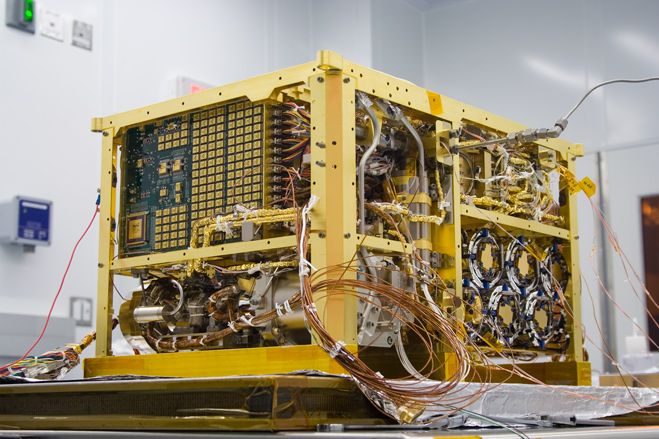
Sellers Exoplanet Environments Collaboration
The Sellers Exoplanet Environments Collaboration (SEEC) brings together multi-disciplinary researchers from the Planetary, Earth, Astrophysics, and Heliophysics science divisions at NASA’s Goddard Space Flight Center to study exoplanet atmospheres and climates. Using a wide range of scientific and technical resources, SEEC scientists inform current NASA exoplanet observations and prepare for future missions.
Key Staff
- RESEARCH SCIENTIST: Elisa Quintana
- RESEARCH SCIENTIST: Ravi Kumar Kopparapu
- RESEARCH SCIENTIST: Prabal Saxena
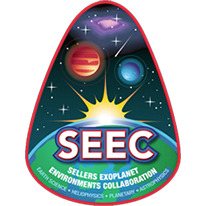
Signatures of Life in Ice (SLIce)
The SLIce program focuses on investigations for the organic biosignatures and associated habitats of surface glacial ice. This work aims to provide guidance for future life and habitat detection missions to Mars and other icy regions in the Solar System.

